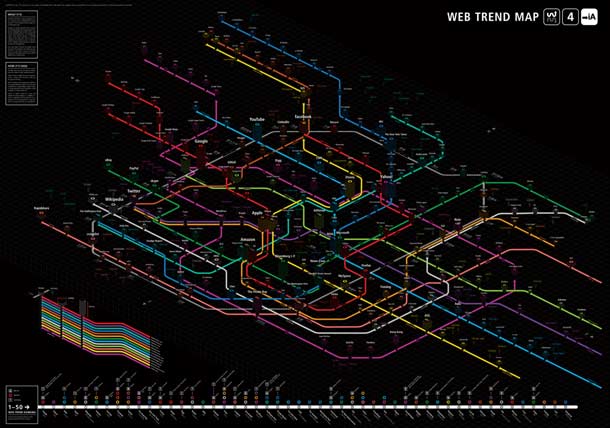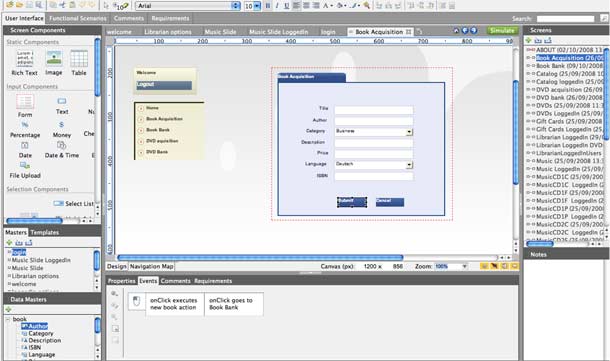Information Architects, Japan, post their 4th Web Trends map. They'll only be printing 1,000 copies.
Blog
John M. Carroll on the History of HCI
John M. Carroll discusses the history of Human Computer Interaction on Interaction-Design.org.
Human-computer interaction (HCI) is an area of research and practice that emerged in the early 1980s, initially as a specialty area in computer science. HCI has expanded rapidly and steadily for three decades, attracting professionals from many other disciplines and incorporating diverse concepts and approaches. To a considerable extent, HCI now aggregates a collection of semi-distinct fields of research and practice in human-centered informatics. However, the continuing synthesis of disparate conceptions and approaches to science and practice in HCI has produced a dramatic example of how different epistemologies and paradigms can be reconciled and integrated.
http://www.interaction-design.org/encyclopedia/human_computer_interaction_hci.html
Justinmind Prototyper
Justinmind Prototyper is a tool to design wireframes and run simulations for web, desktop and mobile applications. The product looks similar to Axure, and lets you define user interface elements using a drag and drop environment with component libraries, and attach actions to components. The prototypes allow you to map interactive behaviors to elements, define process logic and flow, and add functional specifications and annotations.
Looks very full featured and offers the possibility of running a web server to deploy multiple prototypes that are viewable in a browser and allow users to comment on designs. The product is priced for Enterprises, and cost is prohibitive for individuals, but may be of interest to larger companies. Trial versions are available for Windows or Mac OS.

